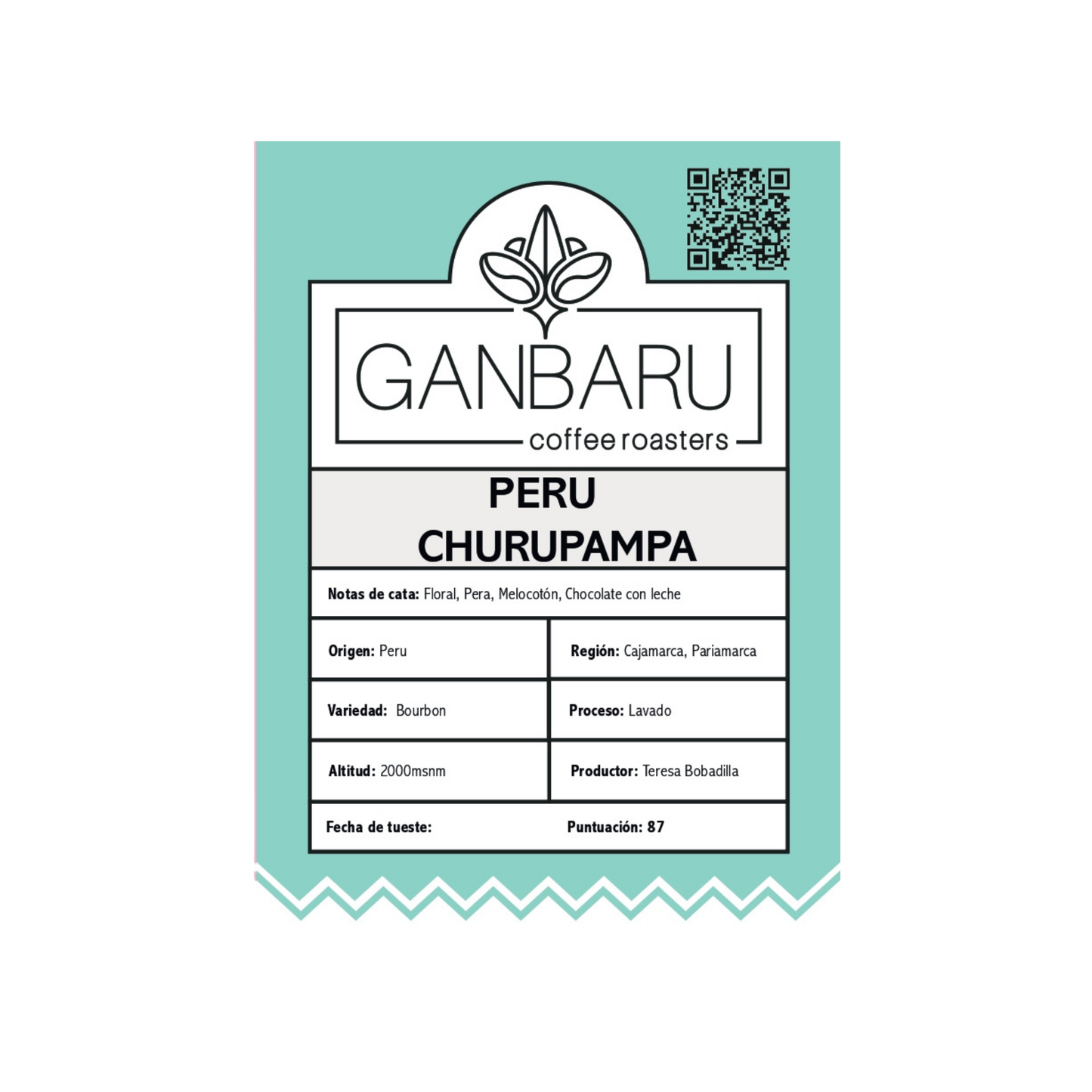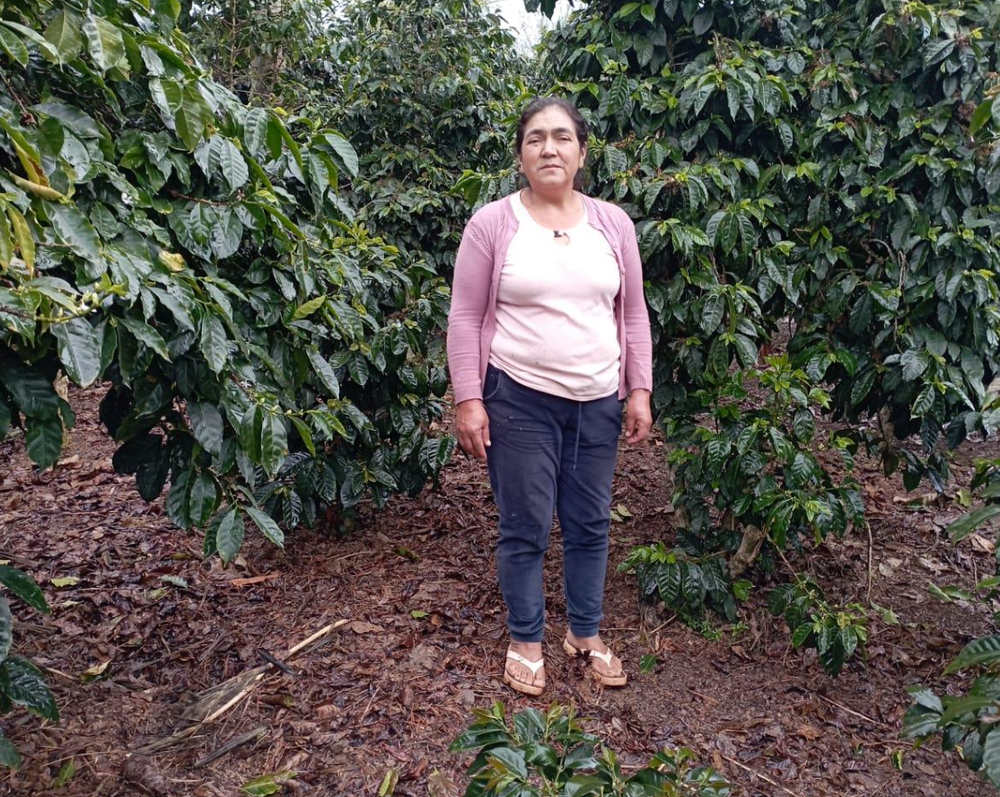Ganbaru Coffee
Peru Churupampa
Peru Churupampa
Couldn't load pickup availability
Producing Country: Peru
Region : Cajamarca, Pariamarca
Sensory profile : Floral, Pear, Peach, Milk chocolate
Producer: Teresa Bobadilla
Variety : Bourbon
Altitude : 2000 meters above sea level
Process : Washing
Farm : Churupampa
THE STORY
Peru has exceptional potential as a producer of high-quality coffees. It is the world's largest exporter of organic Arabica coffee. With extremely high altitudes and fertile soils, the country's small farmers also produce impressive specialty coffees.
Although coffee arrived in Peru in the 18th century, very little was exported until the end of the 19th century. Until then, most of the coffee produced in Peru was consumed locally. When coffee leaf rust affected Indonesia in the late 19th century, a key country for European coffee imports at the time, Europeans looked for alternatives. Peru proved to be a perfect choice.
Between the late 19th century and World War I, European interests invested significant resources in coffee production in Peru. However, with the outbreak of both World Wars, England and other European powers weakened and adopted a less colonialist perspective. When British and European landowners left the country, their lands were purchased by the government and redistributed to local residents. The Peruvian government reacquired the 2 million hectares previously granted to England and distributed them to thousands of local farmers. Many of these farmers then grew coffee on the land they received.
Today, Peruvian coffee growers mostly operate on a small scale. Farmers in Peru typically process their coffee on their own farms. Most coffee is completely washed. The cherries are typically pulped, fermented, and sun-dried in raised beds or drying sheds. Drying greenhouses and parabolic beds are becoming more common as farmers focus on specialty markets.
After drying, the coffee is sold in parchment form to cooperatives. Producers who are not members of a cooperative usually sell to intermediaries.
The remoteness of the farms, combined with their small size, means that producers need intermediaries or cooperatives to bring their coffee to market. Membership in cooperatives greatly protects farmers from exploitation and can make a significant difference in the income generated from coffee. However, currently only 15% to 25% of smallholder producers are part of a cooperative group.
THE FERMENTATION AND DRYING PROCESS
Teresa Bobadilla, along with her family, produces exceptional coffee and is a prominent coffee producer in the Pariamarca region. She and her husband are the most active members of Finca Churupampa, dedicated to producing high-quality coffee.
The name "Chiota" comes from the province of Chota, which has recently gained recognition for its coffee. Thanks to the altitude and favorable microclimate of her farm, she grows varieties such as Bourbon and Caturra. Teresa Bobadilla learned fermentation techniques alongside the technical team at Finca Churupampa, who regularly visit producers interested in improving the quality of their coffee through processing methods. Thanks to the variety and altitude of her farm, her coffees have reached an excellent standard. For this particular lot, she applied a double fermentation process: 36 hours in the cherry and an additional 24 hours after pulping, for a total of 60 hours of fermentation, which contributes to this lot's distinctive flavor notes.
Compartir



